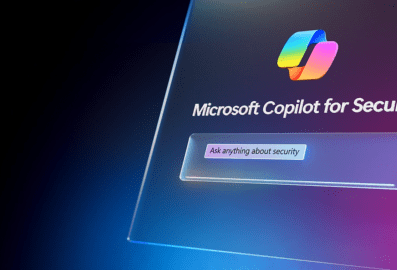In today’s digital world, a meticulous plan and organised response to an incident is your best line of defence against cyber threats. This guide strips away the fluff, offering insight into the incident response workflows that the Aspire Security Operations Centre follow, to protect your infrastructure.
Key Takeaways
- Developing a robust incident response workflow, anchored by clear escalation protocols and continuous updates, is critical for swift and effective threat neutralisation.
- The incident response lifecycle is a continuous process involving preparation, detection, containment, eradication, recovery, and post-incident activities, emphasising proactive measures and the importance of learning from past incidents for ongoing improvement.
Crafting a Robust Incident Response Workflow
Any organisation aiming to safeguard its digital assets must develop a robust incident response workflow, such as the NIST incident response framework.
Clear thresholds for incident escalation and regular review and updates enable an organisation to prepare for a swift and effective response to security threats.
Assessment and Prioritisation
Following the detection of potential security events, such as a security incident, assessing its severity and prioritising response efforts becomes indispensable. Factors such as financial impact, potential data loss, and system downtime must be considered.
Coordination and Communication
In the heat of an incident response, clear communication and coordination are key. To ensure a streamlined response, every facet of communication, from rapidly notifying stakeholders to providing regular status updates, must be meticulously managed.
The Anatomy of an Effective Incident Response Team
Behind every successful incident response is a team of dedicated incident response team members, each playing a unique role in detecting and responding to security incidents. An effective incident response team includes an array of roles from incident commanders to technical leads and communication specialists, all working together as incident response teams.
Security Analysts at the Helm
Security analysts form the nucleus of an incident response team. Their responsibilities include:
- Monitoring security systems for abnormalities
- Initiating the detection process when potential threats are identified
- Assessing the nature of detected threats
- Determining appropriate mitigation strategies
Their role is critical in ensuring the security of an organisation’s systems and data.
Leadership and Decision-Making
Overseeing the response to cybersecurity incidents and making vital decisions throughout the event is the responsibility of the incident commander. With strong communication and up-to-date technical knowledge, they ensure a comprehensive response to security incidents.
Support Roles and External Experts
An effective incident response extends beyond the core team to include support roles and external experts. Legal advisors ensure regulatory compliance, while external experts can enhance incident response by sharing threat intelligence and best practices.
Incident Detection Tools
Tools like Endpoint Detection and Response (EDR) and Security Information and Event Management (SIEM) systems have revolutionised the way organisations detect anomalies and potential security incidents. These tools, by providing real-time detection and response capabilities, keep security analysts ahead of threats.
Investigation and Analysis Software
Investigation and analysis software enters the scene once a potential security incident has been detected. Threat Intelligence Platforms (TIPs) automate the collection and normalisation of threat data, aiding in accurate threat identification and response.






